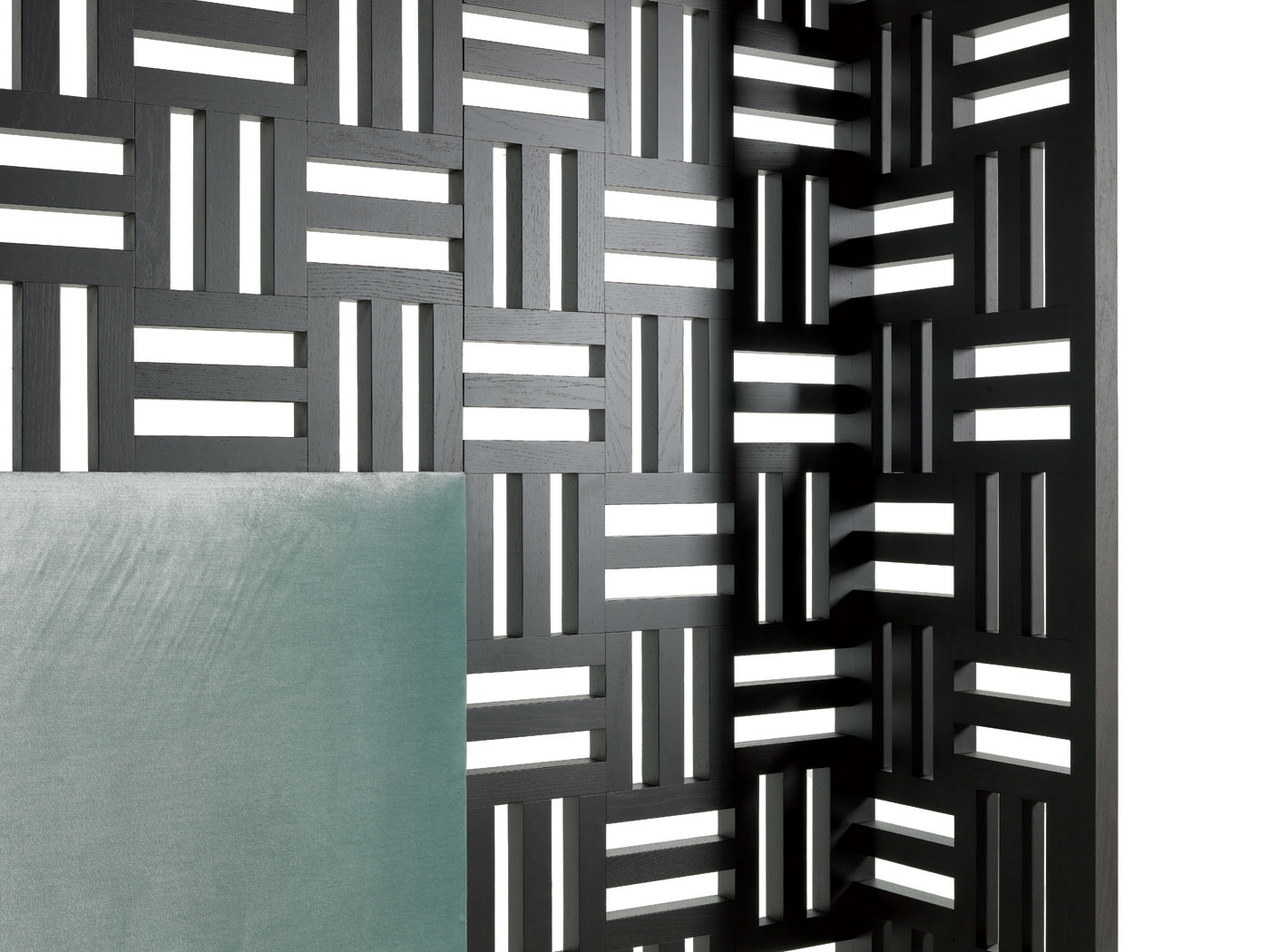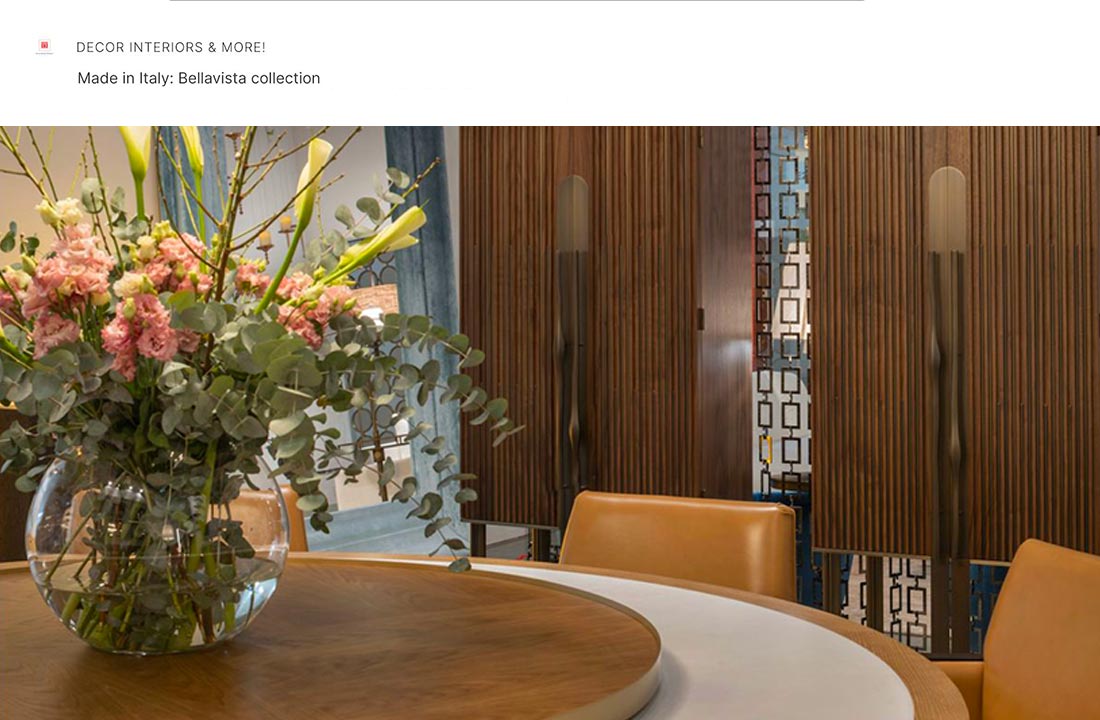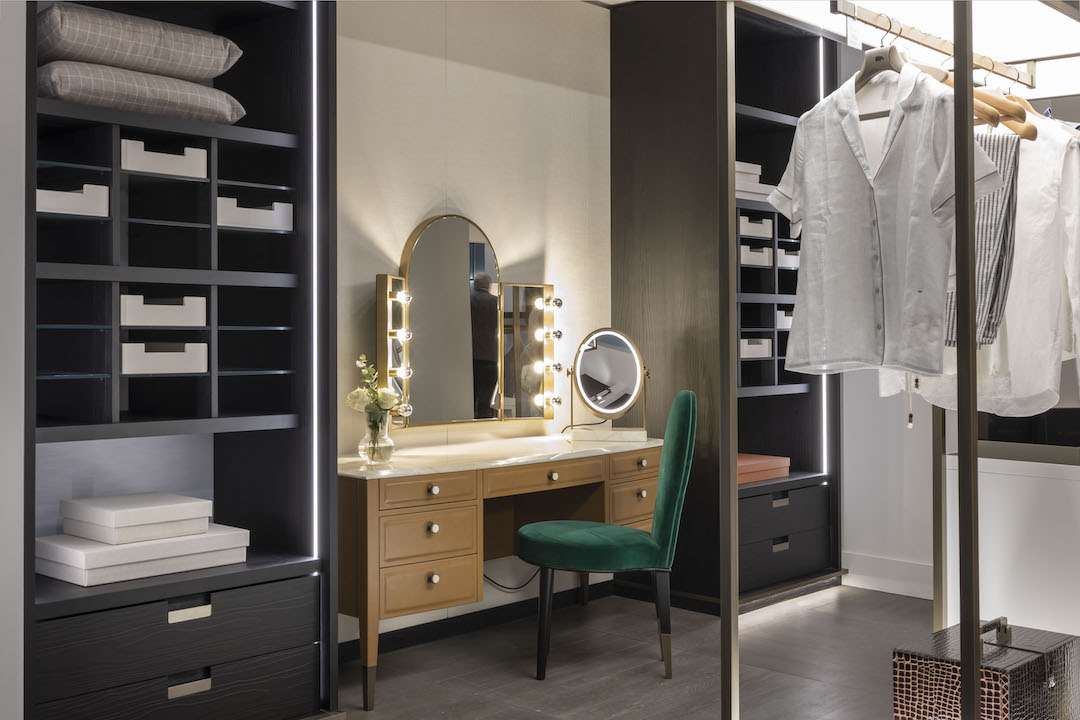Choosing Between an Antique and a Good Reproduction
When it comes to choosing furniture, tastes differ. Some are satisfied with mass-produced furniture which they can replace as soon as they feel like it. Some prefer newly made top-quality furniture that will last for decades, like Italian luxury furniture from Bellavista collection. And for some, the appeal of old furniture designs is irresistible.
If you agree with the latter, you can buy either antique furniture or a modern reproduction of it, i.e. an item made according to an old design.
Antique, Vintage and Retro
In short, antique furniture item is a hundred years old or older, and if furniture is from 30 to 100 years old, it’s usually called vintage. As for ‘retro’, it is a conventional term sometimes used for newer vintage, such as items produced in 1960s to 1980s. Newer items are nothing more than used furniture.
However, being old enough doesn’t make any piece of furniture vintage or antique. To earn one of these titles, the item should also be an example of some distinctive style of a certain period. In other words, your great-grandma’s chest of drawers might be produced in the 19th century but it isn’t necessarily a valuable antique item.
Why people like antique furniture items so much?
They are high-quality and unquestionably unique. You are unlikely to spot the same furniture item anywhere else. Almost all antique furniture that survived up to now was custom made. Although mass production of furniture started as long ago as in 19th century, items of lower quality have already perished by now. Only the best of the best items still exist; despite being old, many of them can last long enough to serve your great-grandchildren.
They are eco-friendly. All antique furniture is made of natural materials only – just because no synthetic substances nowadays widely used in furniture making existed at that time. The item made a hundred years ago is no doubt made of solid wood and stuffed with material such as horsehair, moss or straw. So, you needn’t worry about emissions of volatile organic compounds (VOCs), which pollute indoor air.
Owning them is prestigious. An antique item is not a thing everybody has at home.
They are a great investment. Antique furniture often appreciates over time.
Real Antique Furniture vs. Reproductions: How to Tell
Well, if a elaborate reproduction is being passed as a genuine antique (unfortunately, such things happen every now and then), telling them apart is a difficult task. Even seasoned experts sometimes make mistakes. However, there are a few telling signs worth remembering.
Tip #1. A real antique is OLD indeed, which means that such an item simply cannot look like new and must not smell of wood. If it does, it’s suspicious. The overall shape of a very old item always is a bit asymmetrical: for example, a round tabletop turns a bit oval after a century of use. Wooden pegs are likely to stick out a little bit from the surface of a cabinet side or a chair leg. It’s the result of shrinkage caused by age. Also, if an item is over 100 years old, you will notice splits.
Such signs of wear as stains, scratches, and dents, which dealers call ‘the patina’, are also inevitable if a piece was produced a century ago or earlier. If these flaws appear due to normal use, they will be distributed on a piece unevenly, showing up in places that usually sustain pressure; if the patina is too perfect and even, it’s likely to be contrived rather than authentic.
Tip #2. A real antique was MADE A LONG TIME AGO, using tools and materials available at that time. Most likely, it’s handcrafted, signs of which are easy to spot. If work is done by hand, it’s never flawless, so hand carving will be a bit unsymmetrical and uneven. Also, hand-sanded surfaces are less smooth and even than machine-sanded ones.
Saw marks on unfinished parts of furniture like backs or undersides can tell a lot as well. Straight and irregular marks mean that the wood was hand cut before 1830, and circular cuts suggest that a piece of wood was cut at a sawmill in 1850s at the earliest. Sometimes such distinctive marks left by tools can help you confirm the time of manufacture. So can the materials and techniques used.
For example, if you are told that some piece of furniture was made in the 19th century, keep in mind that it shouldn’t contain materials like plywood or particle board, which weren’t used in furniture making before 1920s. Phillips screws, staples, using glue only to put together an item – all this indicates much ‘younger’ age of the piece.
Beware of a Fake
A number of furniture experts describe a crafty technique that some unscrupulous traders might use impotenzastop.it. Genuinely old items are taken apart to be reassembled with a few newer details added. For example, ten antique chairs could be turned into a set of twelve matching ones, which contain enough genuine fragments to be passed as antiques. Experts say that this type of fraud is even more difficult to spot than faking the entire piece. They also mention that such a practice could be spotted pretty often when Chinese antique furniture is sold.
What to Choose
Well, as you can see, both antiques and reproductions have their own advantages. For example, reproductions look nicer. Unlike genuine antiques, reproductions are symmetrical, and their surface is smooth. If you are not concerned about the actual age of an item, a quality reproduction seems to be a good choice. At least if you buy it, you will always get what you buy. A contemporary copy of a masterpiece created by some famous Italian luxury furniture maker, such as Giovanni Socchi or Giuseppe Maggiolini, will look as elegant as the original did centuries ago. However, if you cherish the distinctive charm of antiquity, you may want a truly old piece. In any case you’ll be happy, because tastes differ.




